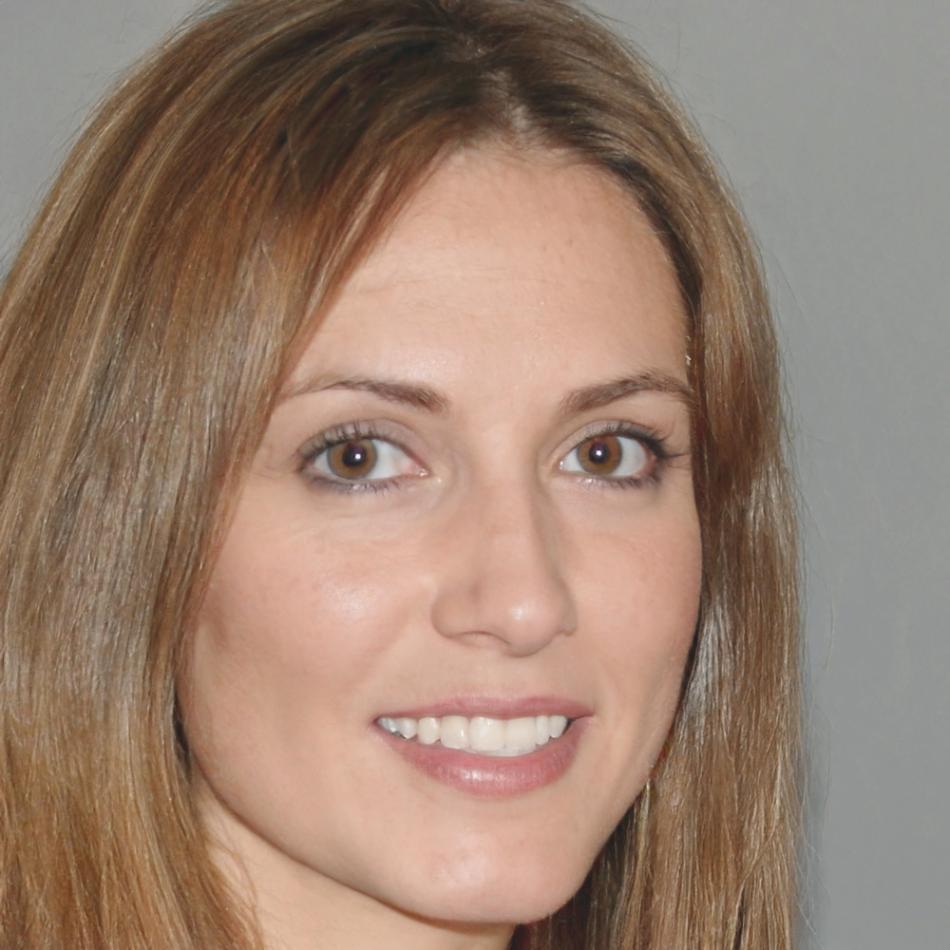Budget Numbers That Actually Make Sense
Most financial training throws formulas at you and hopes they stick. We start with what's already happening in your business—then show you where the gaps are hiding.
Explore September 2025 Program
What Variance Analysis Actually Solves
Budget variance isn't about finding mistakes. It's about understanding why your financial forecast went one way while reality went another—and making better calls next time.
Pattern Recognition
You'll learn to spot the difference between a one-off expense spike and a genuine trend that needs addressing. Real data sets from Australian businesses help you practice before your own numbers are on the line.
Context Over Formulas
The math behind variance is straightforward. What's tricky is knowing which variances matter and which ones are just noise. We focus on building that instinct through case studies that mirror actual business conditions.
Reporting That Gets Read
Financial reports often sit unread because they don't tell a clear story. You'll develop skills in translating variance data into narratives that stakeholders can act on.
Adaptive Forecasting
Once you understand where past budgets diverged from reality, you can adjust future forecasts with confidence. This module uses rolling forecast techniques that adapt to changing business conditions.

Who's Teaching This
Our instructors have spent years working through budget variance problems in industries ranging from retail to professional services. They've seen what actually happens when forecasts meet reality.

Palesa Dlamini
Lead Variance Analyst
Palesa spent twelve years managing budgets for mid-size operations where quarterly forecasts often missed the mark. She developed the core framework we use for identifying meaningful variance patterns.

Chiyo Watanabe
Financial Reporting Specialist
Chiyo focuses on translating complex variance data into reports that non-financial managers can understand. Her background in operational finance shapes the practical reporting modules.

Learn at Your Own Speed
The program runs for sixteen weeks starting September 2025, but you can adjust the pace based on your schedule. Most participants dedicate about six hours weekly, though some compress it or stretch it out depending on workload.
- Weekly modules with recorded sessions you can review anytime
- Live monthly Q&A sessions with instructors for specific questions
- Practice datasets based on actual Australian business scenarios
- Optional peer review groups for feedback on your analysis approaches
- Access to resource library with templates and case studies for twelve months
What You'll Walk Away With
This isn't about certifications or credentials. It's about building practical skills you can apply immediately to your financial analysis work.

Analysis Confidence
You'll know how to identify which budget variances require action and which ones are within normal business fluctuation ranges.
Clearer Reporting
Your variance reports will communicate financial realities in ways that department heads and executives can understand and respond to.
Forecasting Skills
You'll develop techniques for creating budgets that account for realistic variance patterns based on historical data and industry trends.